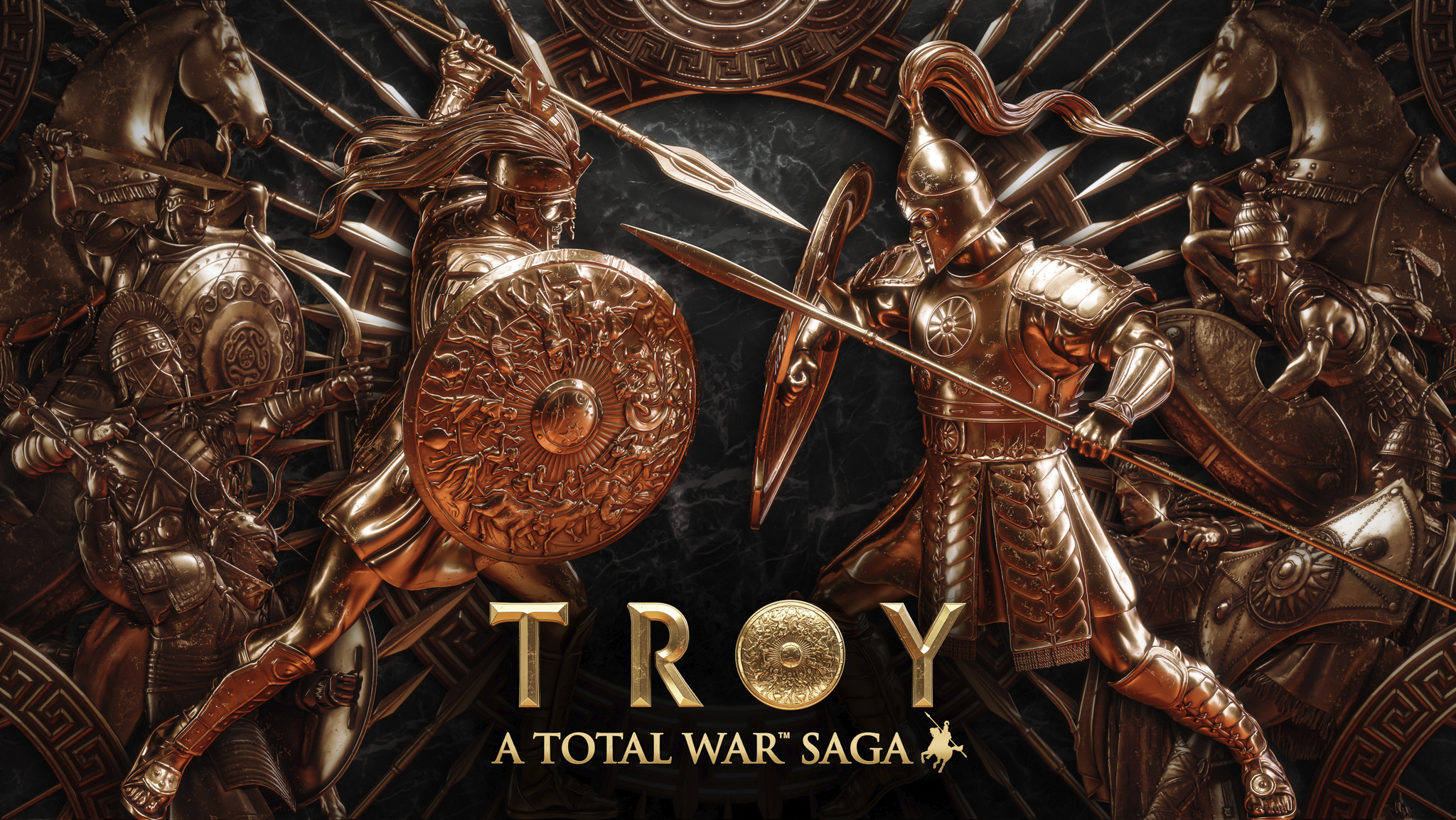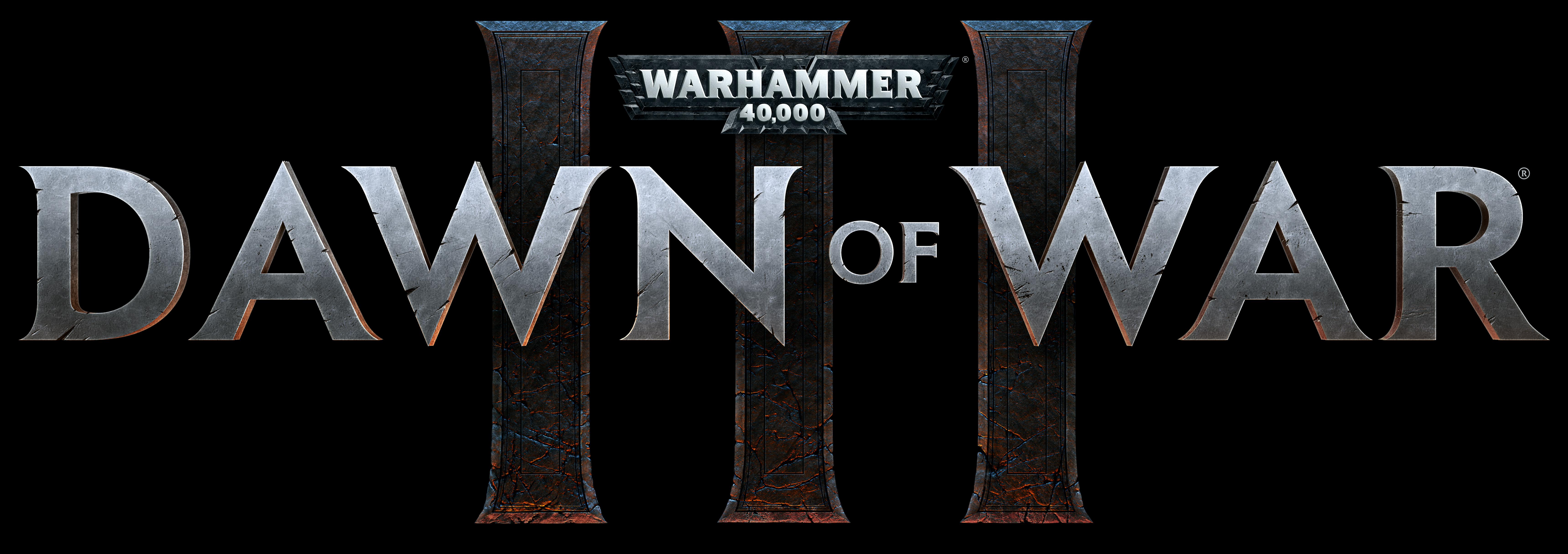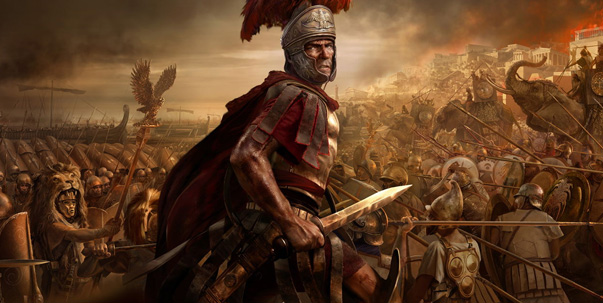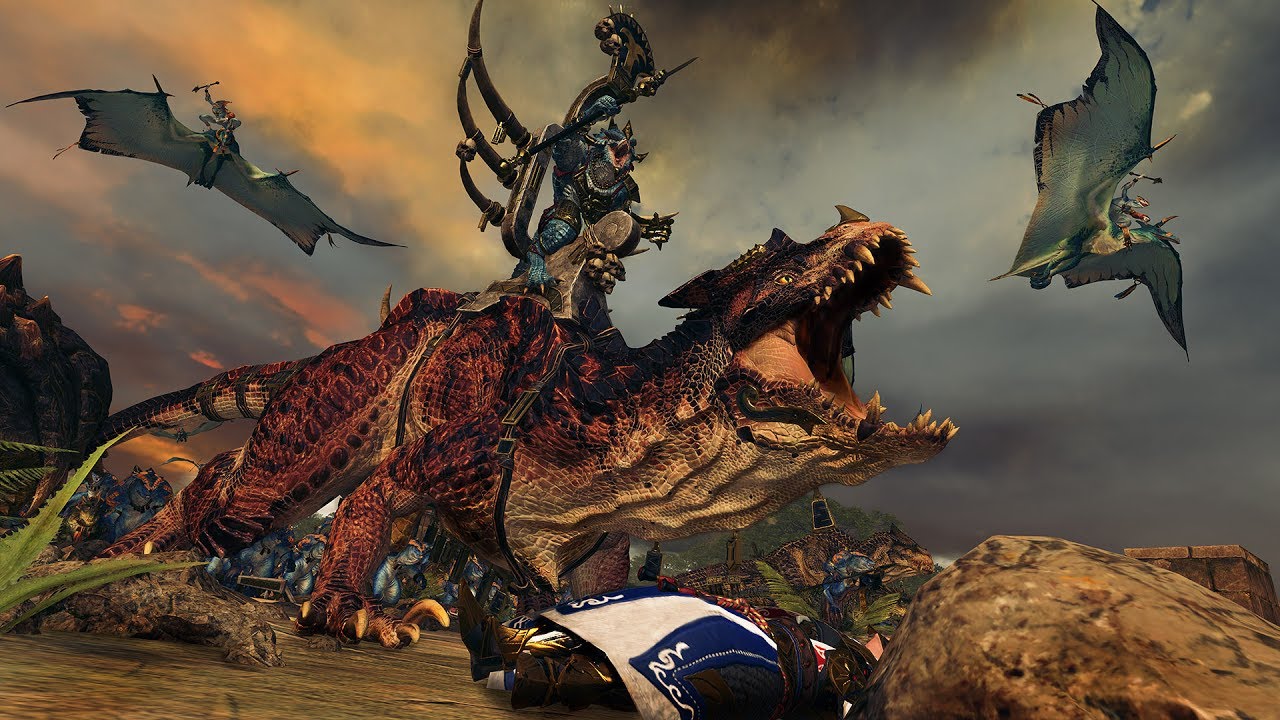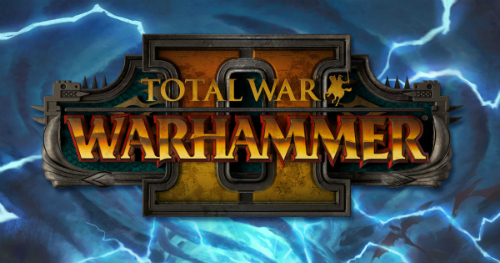
Total War: Warhammer 2 has arrived at last, giving fans of the Total War franchise the most unorthodox and nuanced strategy experience in recent memory. Doing away with the ‘Conquest’ paradigm, TW:WH2 instead realigns it’s focus to strategic, objective based conflict in which timing and deception play a larger role than brute force and siege equipment.
TW:WH2 follows its predecessor in much the same way as Attila followed Rome 2; somewhat of an incremental upgrade, not a full-blown sequel. That isn’t to say there haven’t been changes, though.
First and foremost comes the campaign map, which differs enormously from it’s TW:WH counterpart. No longer dominated by mountains and plateaus, the map in TW:WH2 features a wider variety of terrain, including sparkling oceans and arid wastelands. All of this is centered around arguably the best set piece ever seen in a strategy campaign; The Vortex.
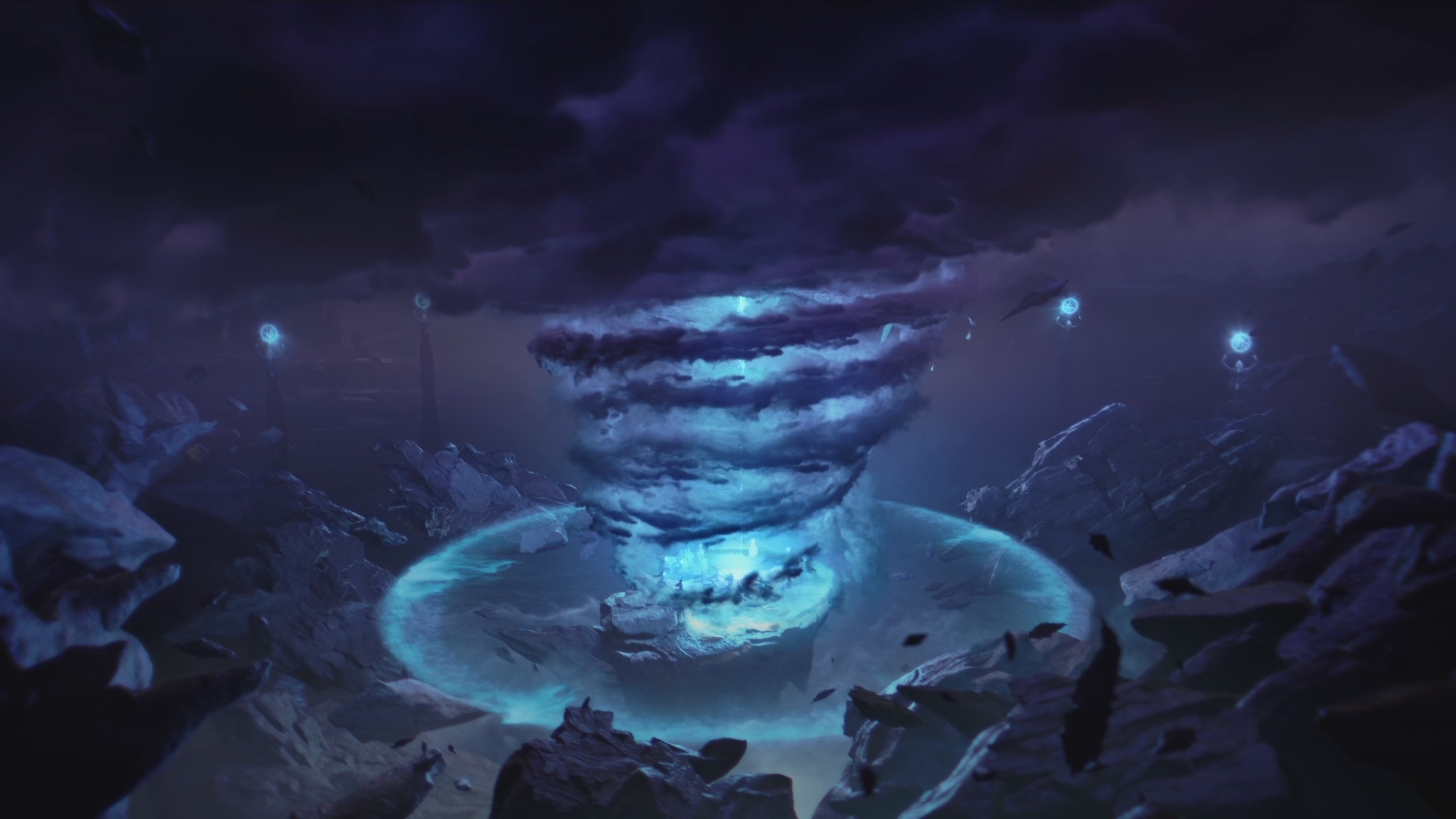
Serving as both the heart of the map and the objective of each race’s campaign, The Great Vortex is responsible for sapping all chaotic energy from the world, keeping its denizens safe from the marauding Daemons of Chaos. With the Vortex weakening, the races of TW:WH2 must re-stabilize it through a series of rituals, completion of which is now the only way to win the game. That’s right, no more Domination Victory!
Acting as a series of objectives throughout the campaign, the rituals require a degree of amassed resources, and the ability to defend your settlements as they channel the Vortex’s energy. Initiating a ritual before your opponent will give you the lead in the race to completion, but starting too soon will see you crushed under the combined weight of your opponents, who will delay their own rituals to band together and stop yours.
This shift away from the ‘Conquest’ paradigm has produced by far the most cerebral and complex Total War campaign ever. It is no longer enough to simply squash your enemies. In fact, overextending the reach of your empire will make it nearly impossible to defend all of your strongholds during rituals, therefore negatively impacting your chances of success. TW:WH2 was meant to be played shrewdly, and imposes more tests of your logistical efficiency than your brute prowess as a conqueror.
Abandoning the much loved races of TW:WH was a bold move, but Creative Assembly should be commended for taking such a great risk to ensure TW:WH2 has its own unique identity and flavour. The new races certainly aren’t anything to sneeze at, either, and each comes with their own unique mechanics and abilities that can greatly shape your style of play.
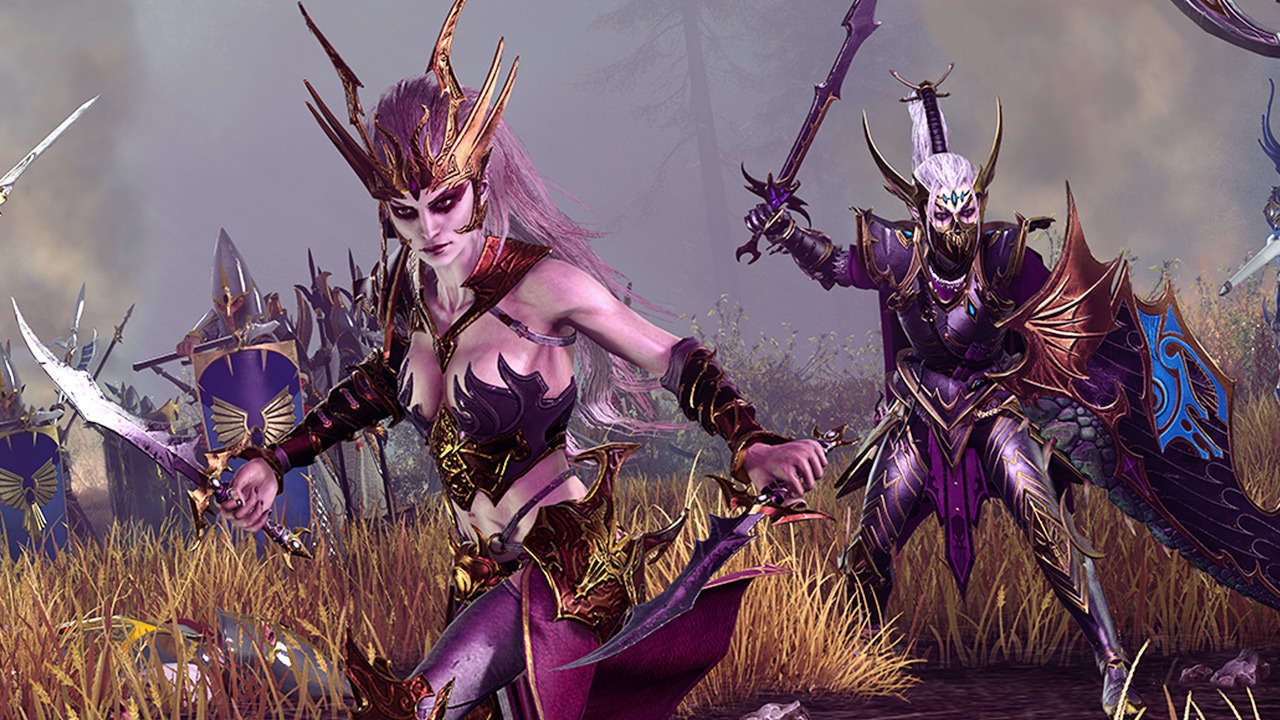
The High Elves will suffer the least casualties, focusing on highly trained, well equipped units that can overcome enemies who outnumber them significantly. 50 High Elven Phoenix Guard can outlast a horde of 200 Skaven Clanrats, making clear their propensity for quality over quantity.
One of their racial abilities, Intrigue, is particularly fun, allowing you to manipulate diplomatic relations between other factions. Pitting one dumb Rat Lord against another until war breaks out is hilarious to watch, but the real tactical brilliance came in improving relations between historically opposed factions, shattering their credibility with allies and gradually tossing 6 or 7 factions into civil war. It’s all about distracting them while you complete your rituals.
Unlike their lofty brethren, the Dark Elves get blood-drunk on carnage, and are empowered with each new corpse that falls to the ground. Plenty of corpses are available too, with enormous beasts like the Black Dragon and War Hydra storming the battlefield and intimidating every Total War creature to come before them.
The Lizardmen struggle a little in these match-ups, since their most powerful mechanic, the Geomantic Web, requires you to maintain multiple buildings and constantly expand the size of your empire to become more powerful. This is at odds with the goal of the campaign, which doesn’t really value conquest or geographical dominance. Their army is remarkable to look at and play with, though, so they definitely warrant at least 1 playthrough.
The Skaven introduce concepts never before seen in a Total War title, with hidden, impermanent bases and incentives to frequently uproot and move your civilization. It’s possible this was prototyped in TW:WH‘s Chaos DLC, but we’re seeing the concept turned up to 11 this time, and my Skaven campaign was unlike any other I’ve played.

Award for most badass units, and campaign plotline, also goes to the Skaven. With names like ‘Plague Monk Censer Bearers’ and ‘Hell Pit Abomination’, you know you’re in for some bizarre creature design, and without giving too much away, let’s just say the Skaven are more than opportunistic bystanders in this latest conflict.
The only issues with this otherwise outstanding title are ugly faces that have been rearing their heads in Total War games since Medieval 2. First of all, the Campaign AI is astonishingly stupid, practically negotiating against itself for you and promptly apologising for declaring war by sending gold and resources a few turns later. It’s almost comical to watch the AI flounder, even on higher difficulties.
Aside from that, the hardcore-crowd complaint about Auto-Resolve balancing has still not been addressed. The problem seems to be that it largely ignores campaign difficulty, and therefore becomes more powerful as you progress through the game’s difficulty levels. This is the exact opposite of what it should be doing.
All in all, Total War: Warhammer 2 is by far the best Total War game ever released. It hasn’t just achieved this with minor, incremental upgrades to graphics, sound and systems, though. It’s done this through fundamentally restructuring the Total War campaign experience into one that takes more subtlety and planning than any of it’s predecessors. It is absolutely a worthwhile purchase for any strategy fan.
- Restructured Campaign Experience
- Varied and Exciting Races
- Vastly Improved Map
- AI Issues present for 10 years


